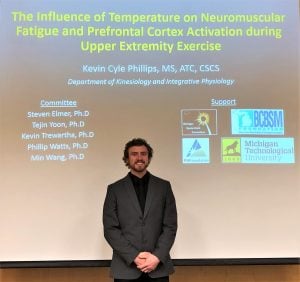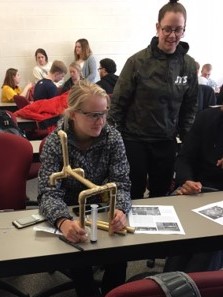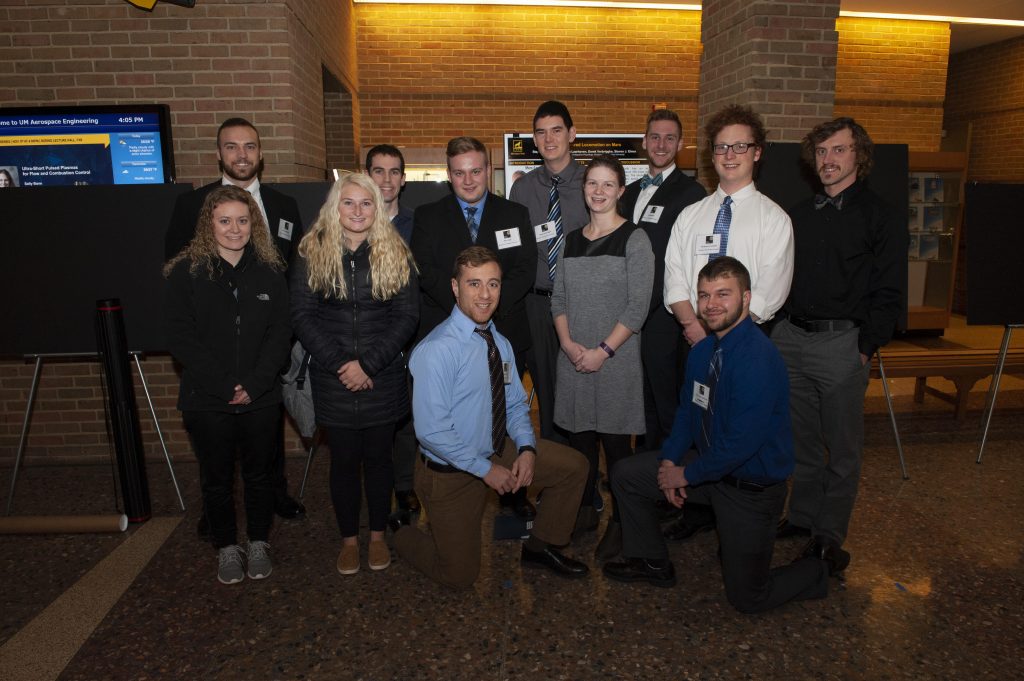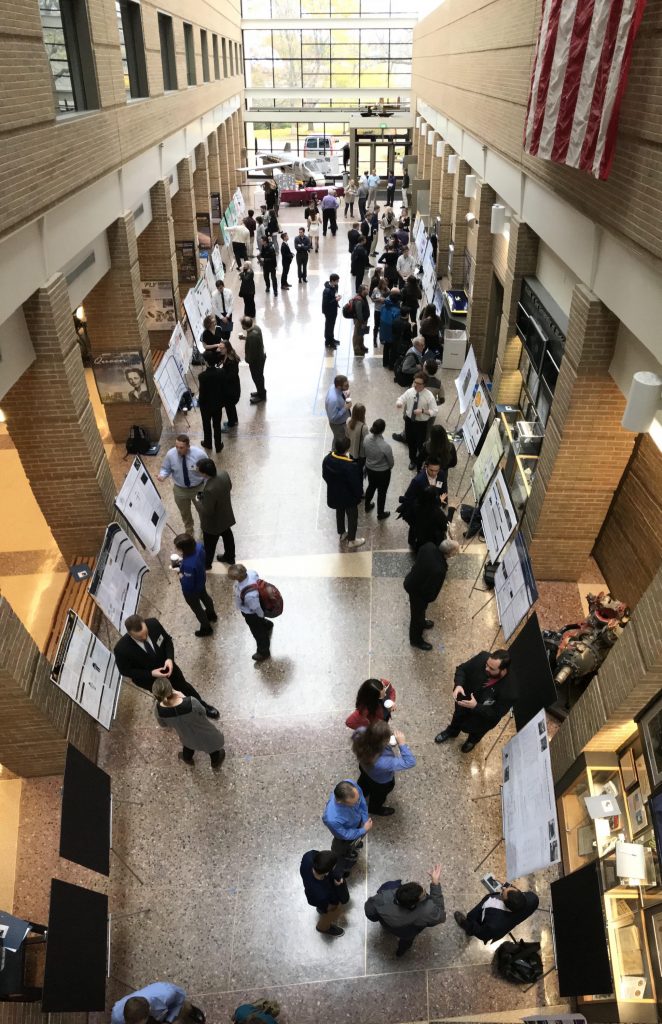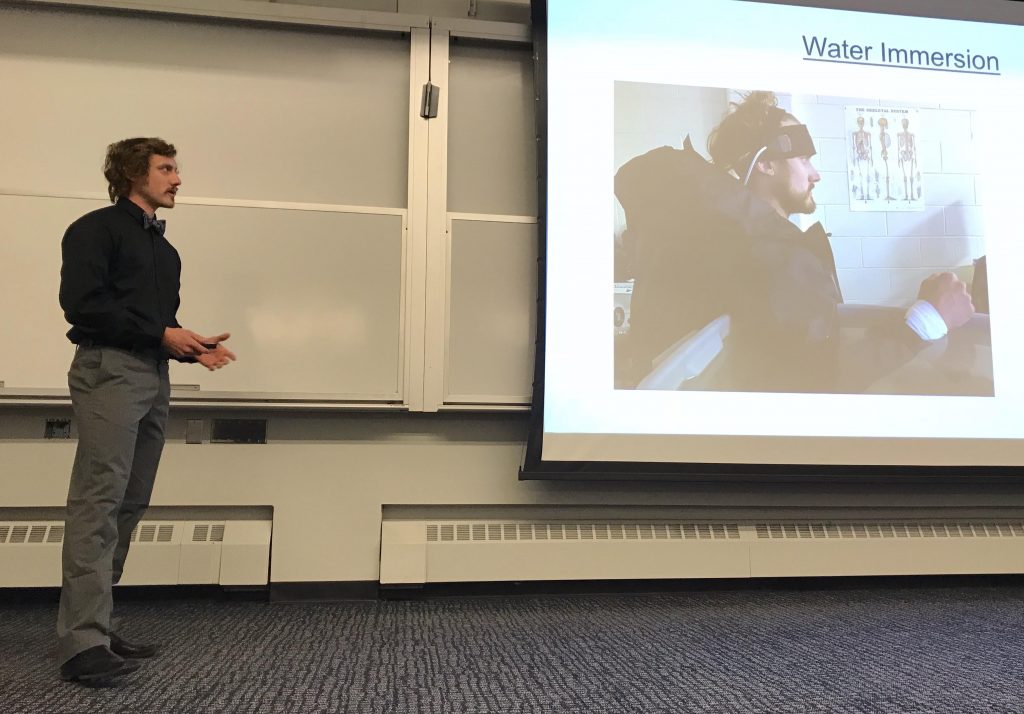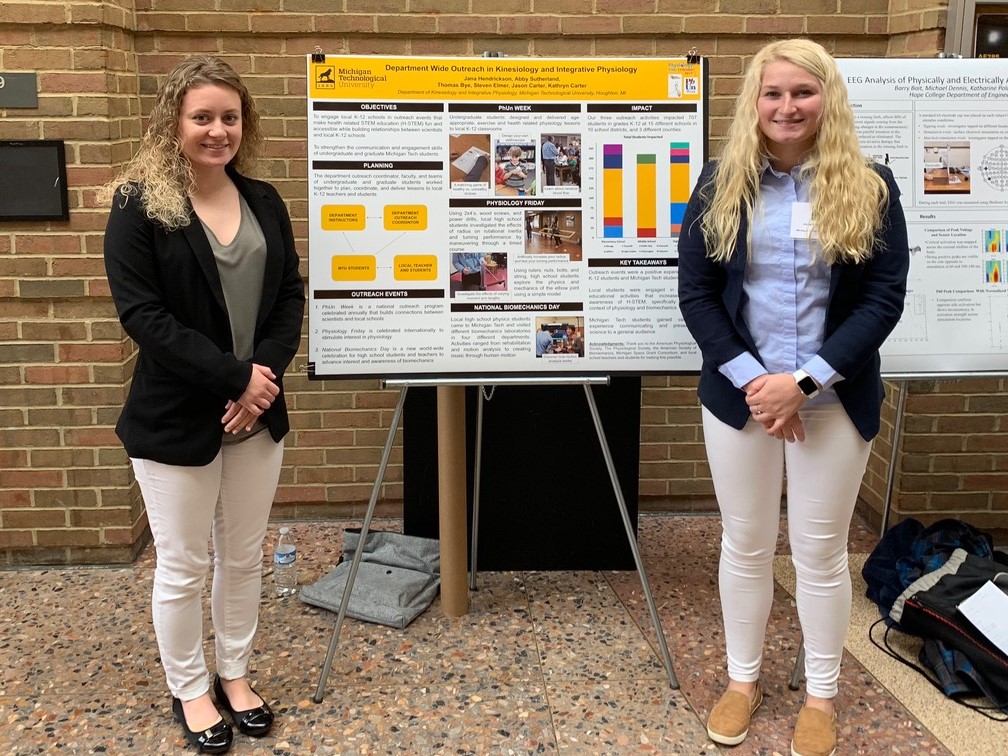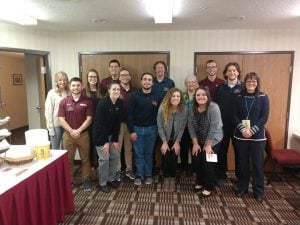 On behalf of the CMU Physical Therapy Student Organization (PTSO), MTU cohort, and Laurel and Melissa Maki from 31 Backpacks, we would like to extend our sincerest gratitude to all who helped make the Spaghetti Dinner a bigger success than we could have ever imagined. Thanks to everyone who bought tickets, donated money, or donated merchandise for auction, we were able to raise $1,869 to be able to send to 31 Backpacks.
On behalf of the CMU Physical Therapy Student Organization (PTSO), MTU cohort, and Laurel and Melissa Maki from 31 Backpacks, we would like to extend our sincerest gratitude to all who helped make the Spaghetti Dinner a bigger success than we could have ever imagined. Thanks to everyone who bought tickets, donated money, or donated merchandise for auction, we were able to raise $1,869 to be able to send to 31 Backpacks.
In addition, as a part of Giving Tuesday on Tuesday December 3, we donated the proceeds through the Portage Health Foundation, and they matched our donation, bringing that total to $3,738. It is amazing that we were able to raise as much as we did, and it speaks volumes to the generosity of everyone in this wonderful community here in Houghton. It goes to show that we can make a very significant difference in the lives of those who need our help, and we hope that you will continue to show this generosity as we have more events to raise money for other organizations, including our 5k Hero Hustle Race for the Michigan Chapter of the National Multiple Sclerosis Society, coming in July 2020.
The PTSO group also collects Tadych’s Econo receipts and they can be sent via campus mail to the Kinesiology & Integrative Physiology Department, 231 SDC.





